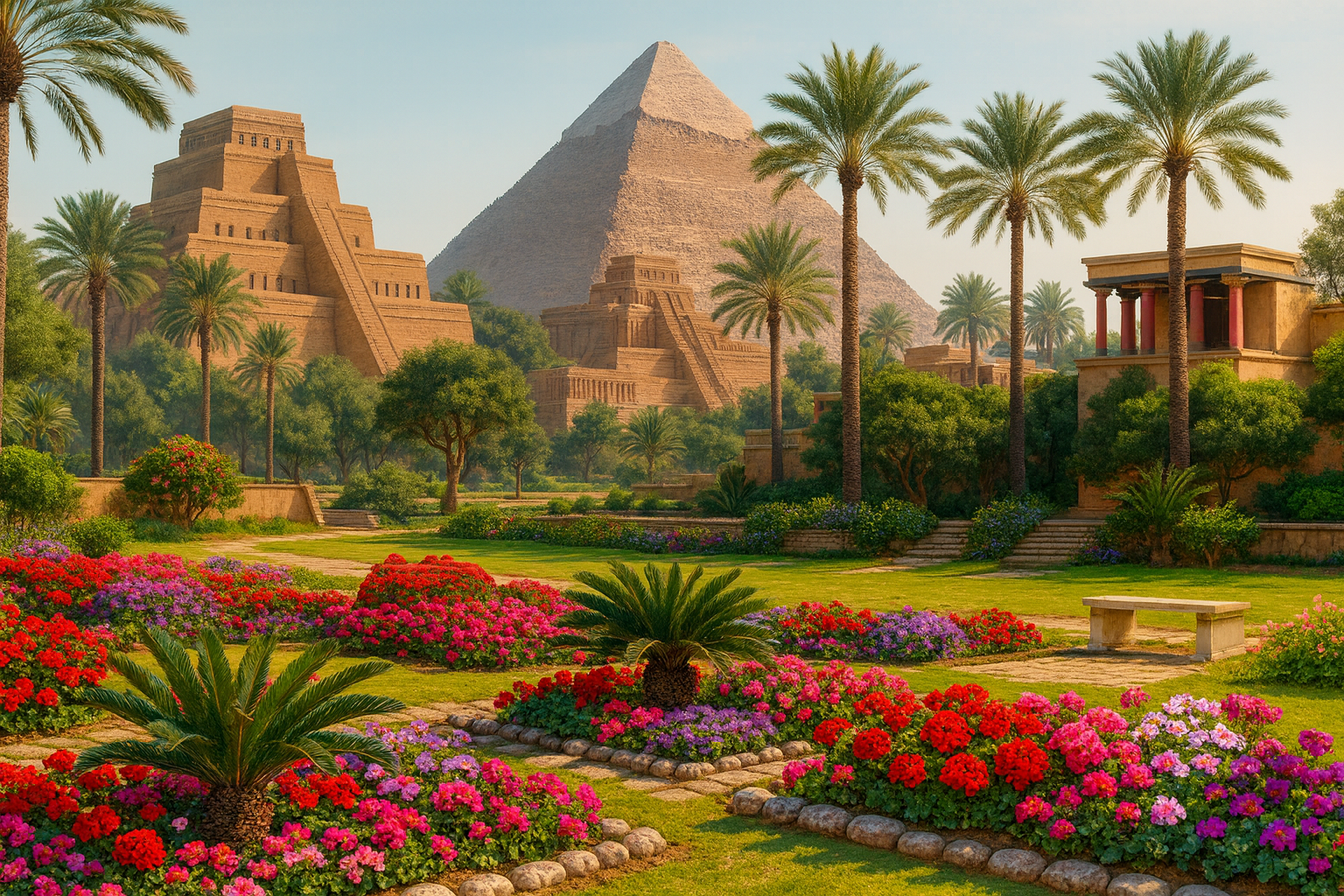The Curia of Pompey, where Caesar was fatally wounded on the Ides of March, is still standing in this plaza. It served as a senators' gathering place.
Tuesday marked the official opening of a historic square where historians think Julius Caesar was fatally stabbed in one of history's most notorious killings.
A lowered boardwalk now allows visitors to get a close-up view of the Holy Area of Largo Argentina, which is home to the ruins of four ancient temples in a busy area of downtown Rome, for 5 euros ($5.50).
Moreover, the location is home to the ruins of the Curia of Pompey, where Caesar is thought to have been stabbed to death on March 15 (the Ides of March) in 44 B.C.
The location had been occupied by buildings since antiquity, and it wasn't until 1926 when those structures were torn down that it was rediscovered. Mussolini inaugurated it as a significant historical landmark three years later.
The numerous archaeological finds made at the location throughout the years are also documented in two new exhibition rooms.
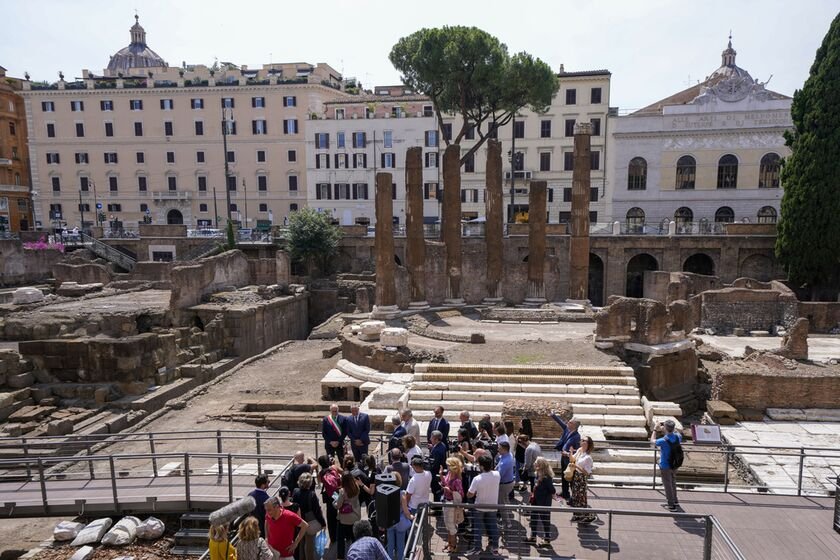
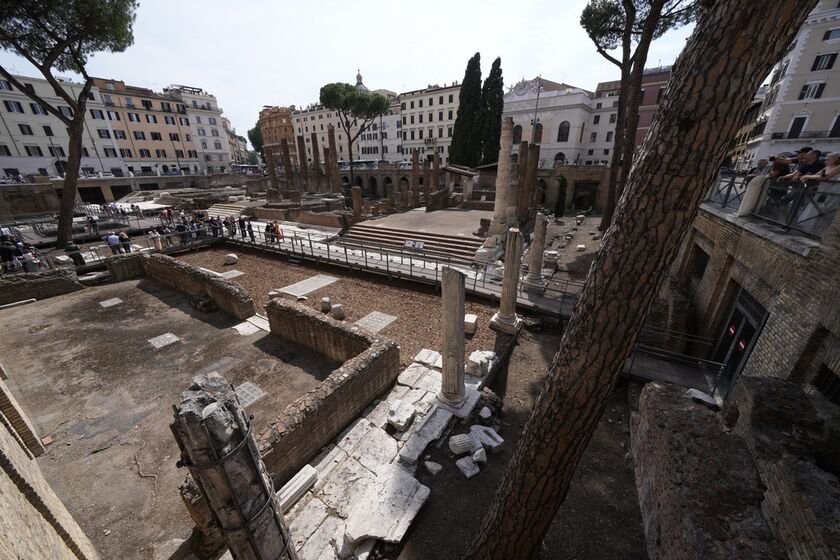

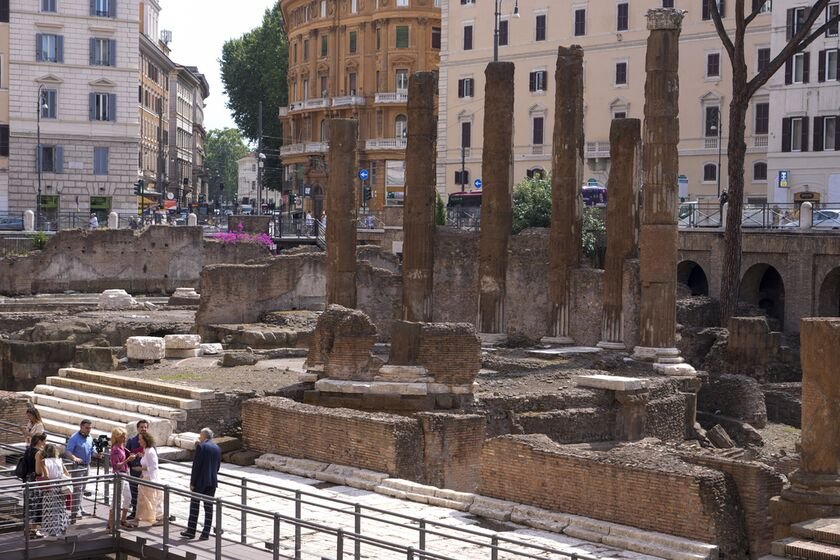
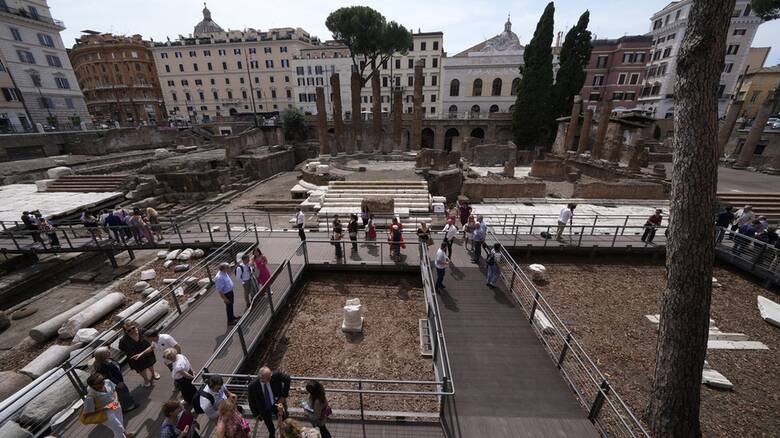
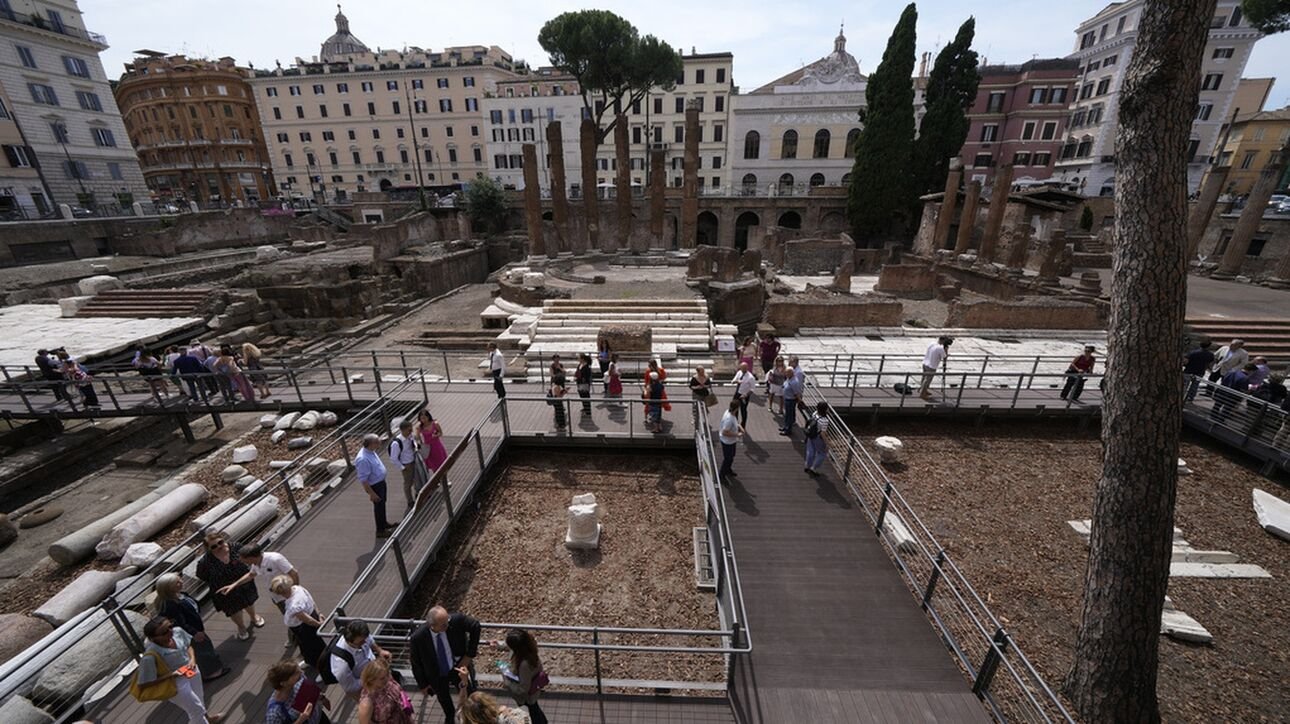
Early in the third century, work began on what is known as Temple C, a building of significance on the site that was apparently erected in honor of the Roman goddess Feronia.
Most of the earlier structures were destroyed by fire in 111 B.C. and 80 A.D., and their remnants were buried beneath a new floor constructed in the first century by the emperor Domitian.
Even if its specifics and broader ramifications are still being discussed, Caesar's death has persisted in Western culture as one of the most seismic political events in history.
There is agreement that Brutus and a number of Roman senators had grown worried about Caesar's growing strength and influence as well as his undermining of the Republic.
Caesar's murder, however, sparked a period of retaliation and civil war that claimed thousands of lives and effectively ended the Republic. In 27 B.C., Octavian, who had been named as his successor and was then known as Augustus, his adopted 18-year-old son, became what is recognized as Rome's first emperor.
Many significant sites have not yet been investigated, and thousands of artifacts have been discovered that have never been displayed in public due to Italy's immense abundance of archaeological treasures.
As additional artifacts are discovered, historians' understanding of ancient Rome continues to change. In May, archaeologists described how people were killed in an earthquake brought on by the massive eruption of Vesuvius in A.D. 79. In April, a new study shed light on the usage of Roman vineyards in theatrical rituals.



